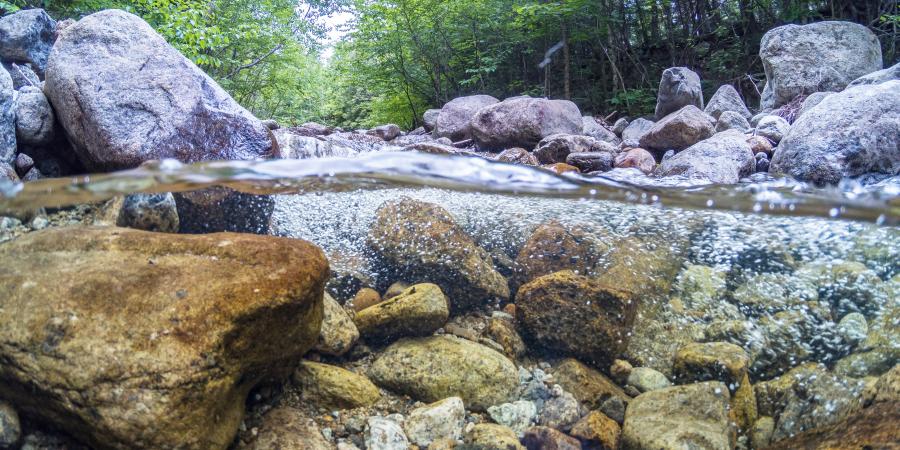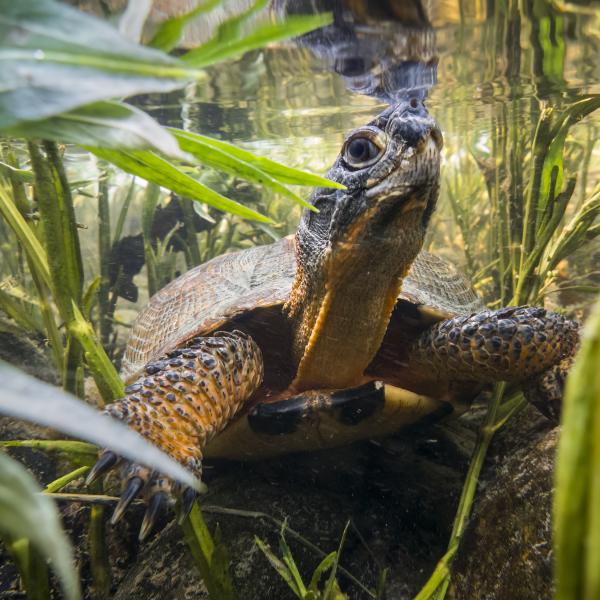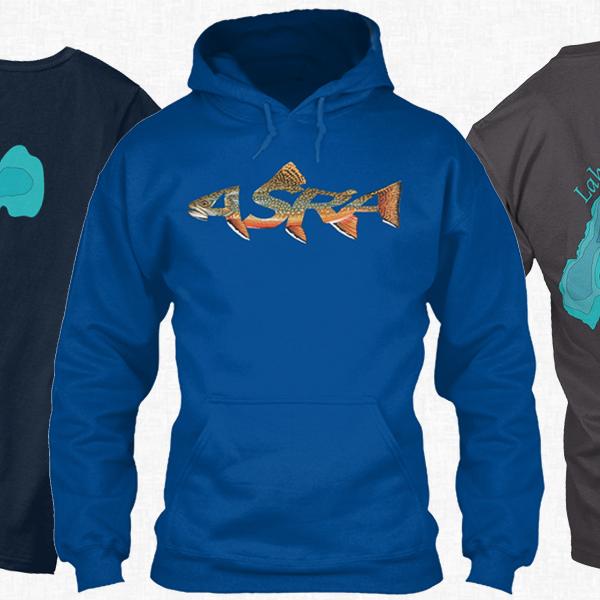Humans like to name and sort things into patterns that are replicable and logical. In the scientific world, we have adopted the habit of naming and sorting all living creatures into kingdom, phylum, class, order, family, genus, and species. These taxonomic rankings allow us to compare creatures big and small, to parse out who's different, and to learn how each evolved and branched off from one another in the great tree of living history. The field of biology focuses on organisms alone and studies their physiology, behavior, anatomy, origin, and global distribution. When a few biologists decided it was more fruitful to study organisms and the web of connections and interrelations between organisms and their environments, the study of ecology was born. Growing into a new field of science in the latter half of the 20th century, ecology sorted groupings of species and their particular environments into ecosystems. It is the study of the relations of organisms to each other and their physical surroundings. Most carefully studied within the field of ecology is the study of food webs, or who eats who, and the transfer of energy throughout an ecosystem.
At the Ausable River Association, our ecological studies of the river most often focus on two ecosystems: the forest, or riparian, ecosystem and the stream ecosystem. In the stream or river, we work to understand which groupings of fish species live where and the myriad species of insects they depend upon as a primary food source. We work to make our stream restoration projects fit into this world and ensure that our designs offer a variety of habitats for fish, insects, and amphibians. Over the coming months, we will describe the concepts of stream ecology and pull apart the myriad influences on biological communities. This journey will begin in the headwaters and end in the delta where the Ausable River meets Lake Champlain.
Even within the Ausable watershed, there is an incredible variety of stream and river habitats. As the habitat varies, so does the food web and structure of the ecosystem. In this part of the world, headwaters are formed where rills and gullies flow together to become our smallest streams. Our headwater streams are often very narrow and have steep gradients, tumbling over boulders, fallen trees, and bedrock that form cascades and waterfalls. Those streams with ephemeral or permanent flows are considered first-order streams. When two first-order streams meet, the union is considered a second-order stream, and when two second-order streams meet, it becomes a third-order stream. This method of stream classification allows us to approximate stream size and begin to understand the area drained.

The food webs in our forested headwater streams are nutrient-poor compared to big open stretches of the West Branch, East Branch, and main stem Ausable River, where the river connects with its floodplain to exchange nutrients, plants, soils, and large woody material. All energy in the stream food web begins with primary production, or photosynthesis, but not necessarily in the stream itself. In the lower reaches of the river, energy production is mostly from photosynthesizing algae and aquatic plants. Upper reaches of the West Branch and East Branch Ausable River and many of our tributary streams (stream order 1-3) cannot support algae and aquatic plants because of lack of sunlight due to thick forest canopy cover. Organisms in these parts of the river rely on external, or allochthonous inputs for usable energy. Allochthonous energy inputs originate from outside the system, and include leaves, logs, live and dead animal matter, and dissolved organic carbon.
When daylight shortens in our deciduous temperate forests, leaves begin to fall. Many leaves are blown into or fall directly into headwater streams and these flow into and through the whole system. They bunch up at pinch points like boulders, cobbles, pool bottoms, and against logs or other woody material. These bundles of leaves are known as leaf packs, and they provide an invaluable food source to the bacteria and aquatic insects that live in the stream. These creatures wait all year for the autumn leaf fall and quickly get to work to break down the leaves and stems into fine particles of organic matter.

Leaf packs are immediately colonized by bacteria and microbes and are physically abraded by rocks. The microbes help change the chemistry of the leaf litter and make it more edible and nutritious for the next group that colonizes the leaf packs – invertebrates and crustaceans. The hard work of both help break down the leaves and convert them into fine particulate organic matter. At the same time, nutrients are being leached directly into the stream water from the decaying leaves as dissolved organic matter. With the right environmental conditions, leaves are colonized, and the breakdown process begins within 12 hours of falling. Even pine needles can be broken down in this way.
The aquatic invertebrates that eat leaf packs are sorted into a feeding group known as Shredders. These include some species of stoneflies, caddisflies, true flies, beetles, and snails. They either chew the entire leaf or scrape at the leaf surface as a feeding method. Studies have shown that aquatic insects and crustaceans can significantly speed up the decomposition of leaves in streams. Even some small fishes have adapted digestive systems that allow them to eat leaf detritus.
In this part of the stream food web, nutrients get released directly by leaching from leaves into stream water, and also as broken-down organic carbon that cycles up through the food web. The bacteria and fine organic matter are eaten by the shredders, crustaceans, and small fishes, and then other invertebrates eat the smaller invertebrates, and fish eat the larger invertebrates. The fallen leaves from the forested headwaters form the food and nutrient base of the entire stream ecosystem! Without all of these critters and the autumn leaves, our headwater streams would not be able to support fish.
In our next blog, we'll look at the complex groups of other animals that make up the next level of the stream food chain.
Story written by Carrianne Pershyn, Biodiversity Research Manager. Sign-up for our e-newsletter to get weekly updates on the latest stories from the Ausable River Association.




